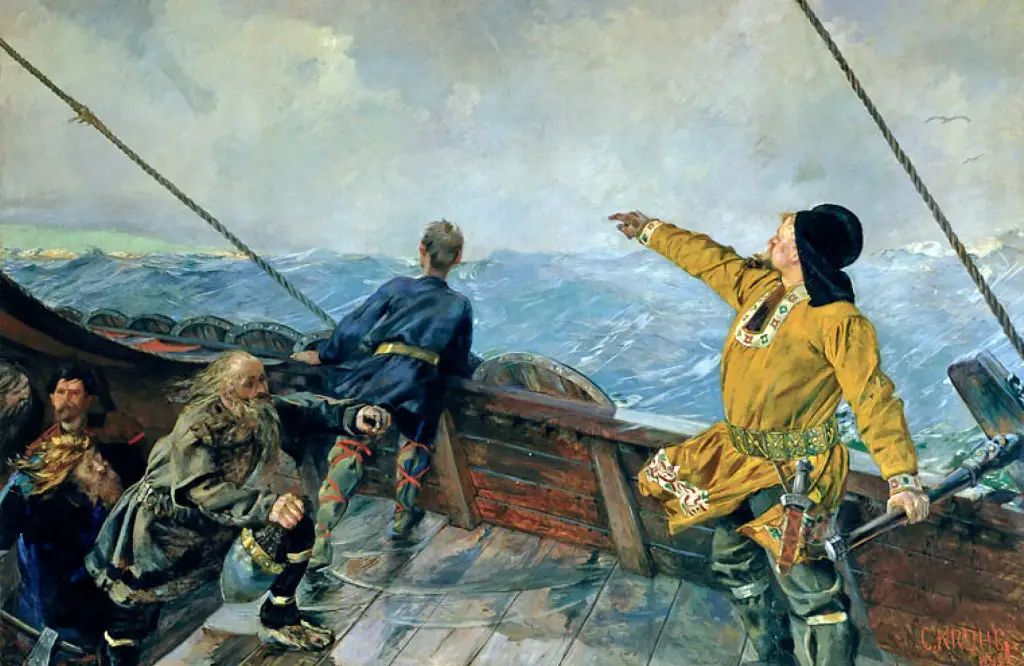
New research carried out at the University of York and published in BMC Evolutionary Biology has used evolutionary techniques on modern day and ancestral mouse mitochondrial DNA to show that the timeline of mouse colonisation matches that of Viking invasion.
House mice (Mus musculus) happily live wherever there are humans. When populations of humans migrate the mice often travel with them.Human settlement history over the last 1000 years is reflected in the genetic sequence of mouse mitochondrial DNA
During the Viking age (late 8th to mid 10th century) Vikings from Norway established colonies across Scotland, the Scottish islands, Ireland, and Isle of Man. They also explored the north Atlantic, settling in the Faroe Islands, Iceland, Newfoundland and Greenland. While they intentionally took with them domestic animals such as horses, sheep, goats and chickens they also inadvertently carried pest species, including mice.
A multinational team of researchers from the UK, USA, Iceland, Denmark and Sweden used techniques designed to characterize genetic similarity, and hence the relatedness of one population, or one individual, with another, to determine a mouse colonisation timeline.
Modern samples of mouse DNA were collected and compared to ancient samples dating mostly from the 10th to 12th century. Samples of house mouse DNA were collected from nine sites in Iceland, Narsaq in Greenland, and four sites near the Viking archaeological site, L’Anse aux Meadows, in Newfoundland. The ancient samples came from the Eastern and Western settlements in Greenland and four archaeological sites in Iceland.
Analysis of mouse mitochondrial DNA showed that house mice (M. m. domesticus) hitched a lift with the Vikings, in the early 10th century, into Iceland, either from Norway or the northern part of the British Isles. From Iceland the mice continued their journey on Viking ships to settlements in Greenland. However, while descendants of these stowaways can still be found in Iceland, the early colonizers in Greenland have become extinct and their role has been filled by interloping Danish mice (M. m. musculus) brought by a second wave of European human immigrants.
Dr Eleanor Jones, from Uppsala University in Sweden, who carried out the research as a PhD student with the Department of Biology at York, said: “Human settlement history over the last 1000 years is reflected in the genetic sequence of mouse mitochondrial DNA. We can match the pattern of human populations to that of the house mice.”
Professor Jeremy Searle, from Cornell University, who also carried out the research while working at York, added: “Absence of traces of ancestral DNA in modern mice can be just as important. We found no evidence of house mice from the Viking period in Newfoundland. If mice did arrive in Newfoundland, then like the Vikings, their presence was fleeting and we found no genetic evidence of it.”






